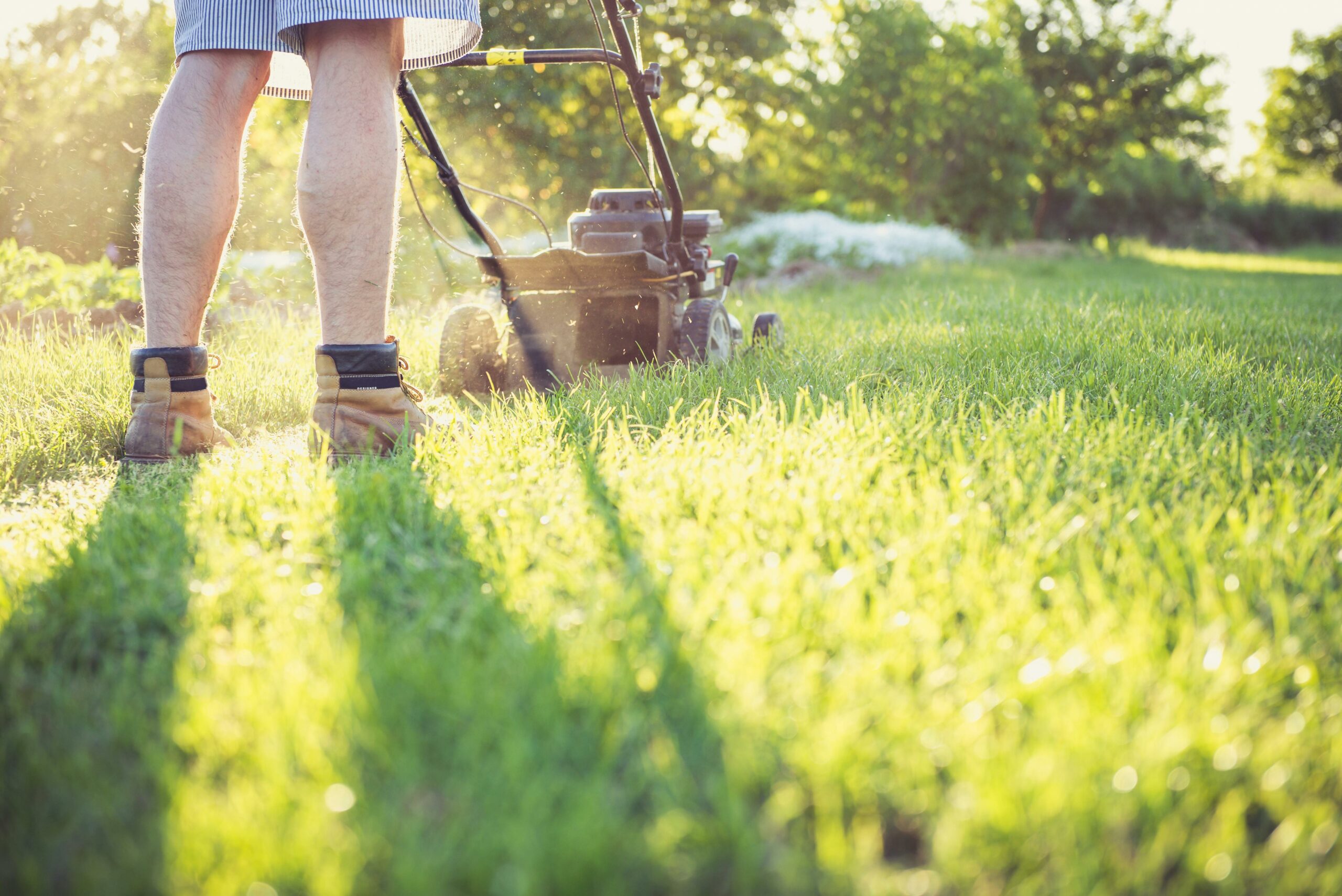It’s almost May; is it time to stop mowing?

JACKSONVILLE, Ill. — Did you notice people’s lawns getting a little long last May? No Mow May has become a popular way to help pollinators.
No Mow May began in the United Kingdom in 2019 as a way to help struggling pollinator populations. The idea is that if people don’t mow their lawns during May, it will allow ‘weeds’ to bloom. These flowers can then serve as a food source for pollinators when there aren’t many other things blooming in the landscape. While No Mow May might sound good in theory, it isn’t without its problems.
The drawbacks of No Mow May
While not mowing in May might be best for the United Kingdom, that isn’t necessarily the case for Illinois. Dandelions and clover are common blooming ‘weeds’ we see in many lawns. In many places in Illinois, peak dandelion bloom is in April, and peak clover bloom is in late May or June, so they will provide few resources for pollinators during No Mow May.
In most of Illinois, we are growing cool-season grasses, which are actively growing during the spring. If left unmown for an entire month during their peak growth time, they can reach 12+ inches tall. If lawns are then mowed to the recommended height of 3 inches at once, this can stress the plants right before we go into the hot summer months, which will make it more difficult for them to survive.
Allowing your yard to ‘go wild’ for a month to let weeds bloom (assuming you have weeds in your lawn) can be attractive to pollinators and other wildlife. However, what happens when everything is mowed, and all their food and habitat suddenly disappear? If there are no other flowers for the pollinators to visit, we’ve only provided a temporary solution.
A more sustainable approach to helping pollinators
Instead of neglecting our lawns for an entire month and then going back to business as usual, we can try mowing less frequently. A study in Massachusetts found that lawns mowed every two weeks had more bees present than those mowed every week. Lawns that were mowed every three weeks had more flowers but fewer bees, possibly because the taller grass made it more difficult for bees more difficult for bees to access the flowers.
While often maligned, lawns serve important functions in our landscape. They can help reduce erosion, increase water infiltration and help cool the air during summer. From places to entertain guests to somewhere to let the kids and dog run around, lawns also play an important role in recreation. These areas would be considered functional lawns. However, we all likely have some areas of our lawns that we never use, so-called non-functional lawns.
Consider converting some of this non-functional lawn space into pollinator habitat. Planting a diversity of flowering plants with different bloom times, colors, and shapes will help attract the widest range of pollinators. In addition to food, pollinators may also need areas to nest (bees), food sources for their young (such as host plants for caterpillars), and somewhere to overwinter.
Good Growing Fact of the Week: One of the papers most commonly pointed to for the benefits of No Mow May was retracted in 2022 due to inconsistencies. This doesn’t necessarily mean No Mow May doesn’t provide any benefit, but more research is needed.
Miss Clipping Out Stories to Save for Later?
Click the Purchase Story button below to order a print of this story. We will print it for you on matte photo paper to keep forever.

